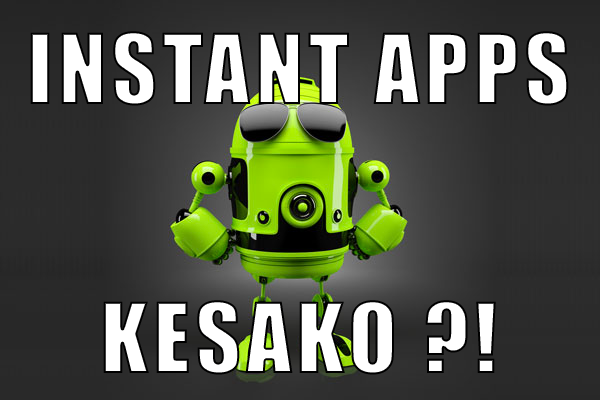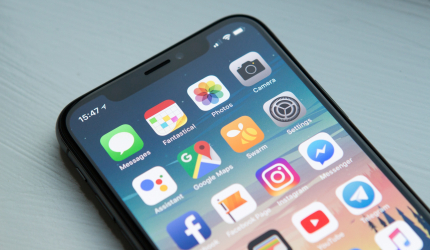One out of four apps is never used. 59% of apps are used only once (source: LSA Conso). These figures should, of course, push the app makers to provide users with an incredible experience in order to retain them. Sometimes, however, the mobile giants give us a boost, in their great goodness. That was the case with Googlewhich used Instant Apps to limit user barriers to download contents. Here is a brief overview.
What are instant apps? And what is their purpose?
Nowadays, Googlemobile traffic is higher than that of the fixed internet (i.e. from PCs / Macs). For some services, however, the mobile Web is far from achieving the simplicity of access, power and flexibility provided by mobile apps (native ones of course). The instant apptechnology is game-changing because it makes it possible to instantly use mobile apps without having to install them from the Play Store. Consequently, the user can instantly download one part of the mobile app’s resources – the one that interests him/her – via Androiddeep link and leave the rest aside. If s/he is satisfied with the result, he/she has, of course, the opportunity to install the entire mobile app on his/her device. An excellent way for app makers is to offer “Try and Buy”.
What benefits does it bring to the user?
Ease of use
This is a publicly available functionality. It is the case of a web page on your computer where you simply need to click on a link for the relevant sections to start loading.
Time saving
The user does not have to go through the download and installation step to access the content they want. As such, a significant barrier is lowered.
Mobile-data saving
This functionality enables a significant mobile-data saving, especially when the user has a limited package and some mobile apps are extra heavy to recover.
Space saving
Another advantage of this approach lies in the compact design caused by the need to keep downloaded apps on one’s phone.
Flexibility
The compatibility of this technology, which passes through Chrome, is available on all Android devices.
How does the functionality work?
To make this functionality available, Googleis using its own servers. Apps that are compatible with this technology are installed on Google‘s cloud and segmented into multiple modules. Then, mobile users choose only the modules they need. App makers have to divide their apps into multiple modules with a predetermined maximum load. They will be launched directly when the user clicks on the link. As soon as the link is closed, all the app traces vanish.






